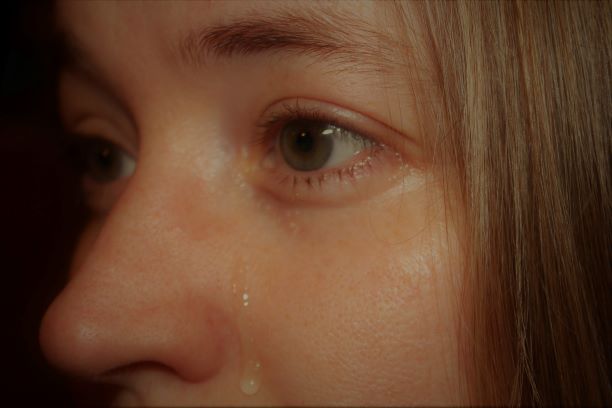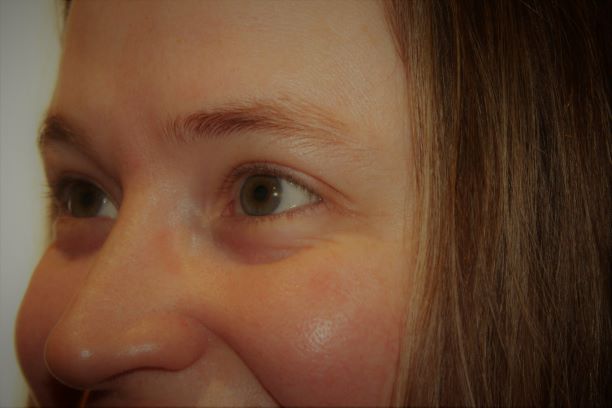
The connection between our physical and emotional beings is well-established. One simple example is stress or anxiety causing increased muscle tension, something we have all experienced. Going a little deeper than that, studies show a direct connection between depression and pain, citing a shared neurochemical pathway between the two, which seems to lead to the classic chicken or egg discussion. Emotional pain can cause physical pain, and physical pain can cause emotional pain. In turn, physical release can result in an emotional release. Have you ever had a patient inexplicably start crying while you were working on them? I have.
This emphasizes the importance of a holistic approach to our patients. We are experts on a person’s physical well-being, their movement patterns, and function. While I know that as physical therapists we cannot offer emotional counseling to our patients, we are faced with our patients’ emotions all the time, often in ways that directly relate to the condition we are treating.
What can we do?
We are not counselors or psychologists. So how can we offer them appropriate support within the realm of physical therapy?
I had a fantastic conversation with Lauren Rappoport, LMHC to try to get some guidance in this area. Lauren uses cognitive behavioral therapy (CBT) with the premise that our thoughts directly influence our emotions. Take a look at the behavior chain that serves as a guide for this concept:
Trigger → Thought → Emotion → Behavior → Consequence (good or bad)
Lauren helps her clients identify and change their distorted thoughts to work towards more realistic and functional behaviors, yielding more positive outcomes or consequences. We discussed several different types of patient situations that physical therapists may face and how we can help.
Emotional Patient Situations
Depression causing chronic pain, and vice versa:
Depression is associated with fatigue, poor sleep, and weight fluctuations; all those things can increase pain or the perception of pain. Additionally, chronic pain often leads to some form of clinical depression, and depression can often manifest itself as physical pain. Mood also plays a role here; if someone is having a good day, their perception of pain will go down whereas if they are in a low mood, or perhaps there’s some gloomy weather, the patient will be more likely to hone in on their aches and pains. With this in mind, we can approach their treatment with the idea that if we can improve their pain, then their mood will follow. Perhaps we could even influence their mood by being a present and optimistic support, in turn improving their pain.
*Here it is important to make a distinction between depression and hopelessness. If you are sensing that this patient may have lost the will to live, contact their doctor, and encourage them to seek professional help.
Anxiety and/or stress:
These both correlate with muscle tension and decreased concentration. Anxious patients tend to worry about things that might happen, and if those things do happen then that can increase their perception of pain. Stress also increases your heart rate and can lead to insomnia. Again, all things that can contribute to pain.
A light touch or indirect approach is called for here. If we come in with deep tissue or aggressive manual skills right off the bat, this could ramp up the stress in an anxious person. These individuals are not built toward relaxation, and in fact, are often in a fight-or-flight phase of alertness at rest (particularly when they are in pain). The last thing they need from us is the further facilitation of this sympathetic response. If it is indeed the deeper stuff that is called for in regards to intervention, then build up to it slowly so they can accommodate to this level of input.
Grief over the loss of function:
Patients who have recently received a difficult diagnosis, or had an accident that will forever change how they function within the world will have some grief surrounding the loss of the life they previously had; this is only natural. When the process of grief is in play, you have to let it happen. This may create some moments of discomfort between therapist and patient, but if we try to push past it or in any way ignore or quash what they are experiencing, then it can hinder their ability to work through it. Grief is interconnected with physical pain and part of the process toward accepting a new, altered reality. Allow for it and validate it.
The patient does not want to be touched:
I have seen this in cases where there is a history of abuse, a circumstance where the patient not only didn’t have control over a situation but also where they may have had their trust in others broken. For these patients, we need to allow them to regain their autonomy by asking their permission before touch is introduced, and honor their wishes if they say no. This can be challenging for physical therapists who are used to freely touching people all day, and rely on touch to do our job. But we must exercise patience, because if we do not give the patient control, we will lose their trust, not to mention that it may cause them more stress, and therefore more pain.
The great thing here that Lauren taught me is that, if approached properly, this can create a corrective experience for them on a neurological level. They can learn that not all humans are bad, and not all touch is bad.
Traumatic injury and subsequent post-traumatic stress:
Whether it is big or small, whether it is a car accident or getting hit by a baseball, trauma is trauma. As Lauren states, ‘anything that looks like, smells like, tastes like, feels like that traumatic experience will be retraumatizing.’ It is not always possible to avoid all the triggers that will lead to a post-traumatic stress response, but, much like in the case of abuse (which is also trauma), it is important to help the person recognize that they have some control. Help them to see that their current reality is safe so they can more easily choose how long they stay in that ugly place.
Patient Perspectives
Other scenarios have more to do with a patient’s perspective or mindset. These are a few we may face.
“Fix Me”:
There are many times that patients will come to us with the perspective that we are there to ‘fix them.’ In reality our job is to facilitate their healing and give them the tools they need to work through their rehabilitation. They need to know that they have to put in the work, and it is important to make that distinction clear from the beginning.
Unrealistic goals:
We always ask our patients what their goals are for physical therapy, but what do we do if we know their answer is a little too lofty? First, if it is truly unachievable, we need to be upfront and honest about that. It is irresponsible to allow a patient to go through their rehab thinking that their personal goal is the endpoint if it’s not actually going to happen. Work to develop a new, realistic goal together. Second, if it is achievable, but a long way off, help them to see all the stepping stones that lead up to that goal. Break it down into steps to set them up for success along the way. Otherwise, it’s too easy to fail and lose the motivation to try.
Negative thinker:
It is often easier to dwell on the negative things in life as opposed to the positive. The way people process things through their thoughts can intensify their perception of both emotional and physical pain. For these individuals, it can be helpful to point out some positives or some achievements within a session, particularly if they are struggling with low self-esteem. On the other hand, you don’t want to overdo the optimistic cheerleader role; this may rub them the wrong way. You may also need to be careful about saying that you see improvements, because if they are still feeling pain and have the perception that they are never going to get better, they may self-sabotage or hinder their own progress. Ask them what improvement would look like and feel like to them. Talk over their goals and let them know your professional expectations of what is achievable.

Exercise for pain relief
Movement and exercise are proven effective in improving both pain and function; we know this. Many of our patients will avoid movement because they feel it will aggravate their symptoms, but we need to educate them, a role that comes naturally to us. Not only will exercise help to restore some normalcy on a physical level, but it also helps mood through the release of endorphins and adrenaline. In an anxious person prone to panic, it can also create one of those neurologically corrective experiences for them if they are in a situation where it makes sense that their heart is pounding. In this way, we can help our patients more than we ever knew was possible.
Swimming, yoga, and cycling are all low-impact activities that can achieve this outcome, but encourage them to find a form of exercise that they are going to enjoy and continue to be motivated to do.
Referral for Mental Health Services
If you feel that your patient can benefit from counseling and that they would be receptive to the suggestion, it is 100% appropriate to refer them for that care. If the idea of this makes you uncomfortable, or you are unsure if they would be open to it, try to approach it in an open-ended way. Give the patient the autonomy and control to make the decision themselves so it doesn’t feel like you are pushing something on them. If it is appropriate, it can also help to humanize yourself with some self-disclosure. For example, ‘I have a friend who’s a therapist; have you ever thought about seeing one?’ or ‘I’ve been to therapy before and I found it helpful; what are your thoughts on it?’
What do we risk if we don’t acknowledge the emotional connection to physicality?
If we ignore or fail to acknowledge our patients’ emotional needs as they relate to their physical needs, we not only risk dehumanizing our patients, but we’ve also missed an opportunity to truly heal the whole person. The last thing we want is for our patients to feel like they are just a number or just a paper in a chart. We need to express to them our compassion, respect, and empathy. Through validation of their feelings and experiences, we can then create a trusting patient-clinician relationship, and this can only improve their outcomes. Be genuine, be caring, and never forget why you are there.

A big thank you to Lauren for all her expert insight! If anybody would like to reach out to her you can email her at lrappoport@gmail.com

When I went through PT, I was surprised how simple and not difficult the exercises are. (At least in my case).
❤️